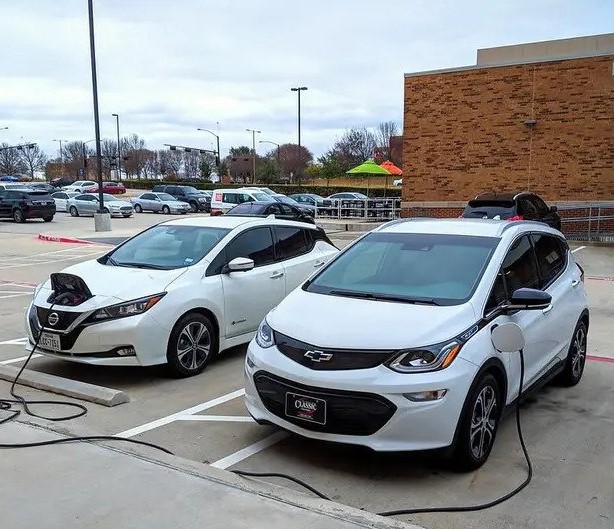The internal combustion engine had a good run. It helped get us to where we need to go for more than a century, but its days as the centerpiece of the automotive industry are waning.
As countries work to cut greenhouse gas emissions, electrification is stealing the limelight.
While there’s still a long road ahead — electric vehicles only accounted for 3% of global car sales in 2020 — EV growth is finally climbing. From 2010 to 2019 the number of EVs on the road rose from 17,000 to 7.2 million. And that number could jump to 250 million by 2030, according to an estimate from the International Energy Agency.
The growing demand for electric vehicles is good news for limiting climate emissions from the transportation sector, but EVs still come with environmental costs. Of particular concern is the materials needed to make the ever-important batteries, some of which are already projected to be in short supply.
“Climate change is our greatest and most pressing challenge, but there are some perilous pathways to be aware of as we build out the infrastructure that gets us to a new low-carbon paradigm,” says Douglas McCauley, a professor and director of the Benioff Ocean Initiative at the University of California Santa Barbara.
One of those perilous pathways, he says, is mining the seafloor to extract minerals like cobalt and nickel that are widely used for EV batteries. Extraction of these materials has thus far been limited to land, but international regulations for mining the deep seabed far offshore are in development.
“There’s alignment on the need to go as fast as we can with low-carbon infrastructure to beat climate change and electrification will play a big part in that,” he says. “But the idea that we need to mine the oceans in order to do that is, I think, a very false dichotomy.” Read more…




